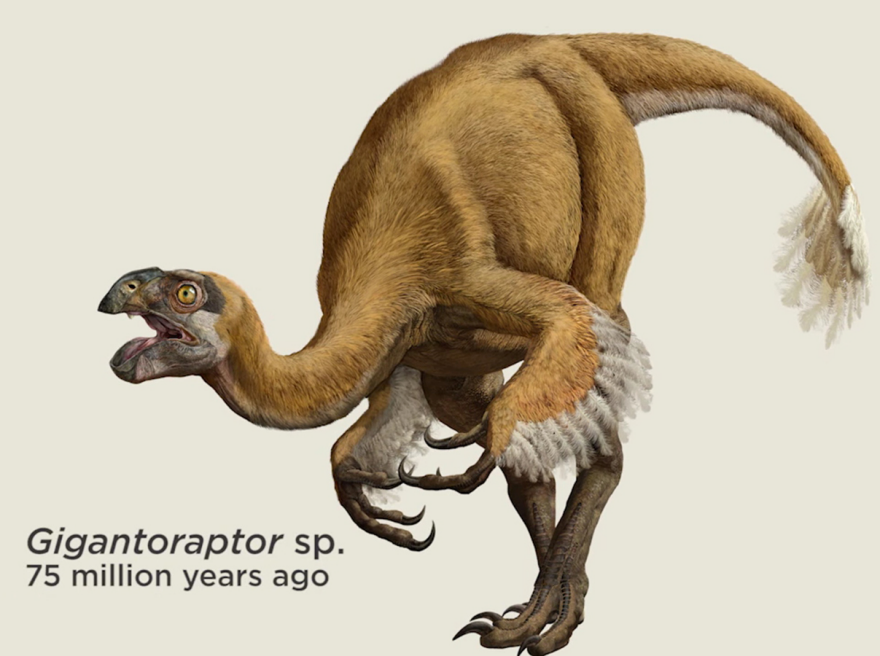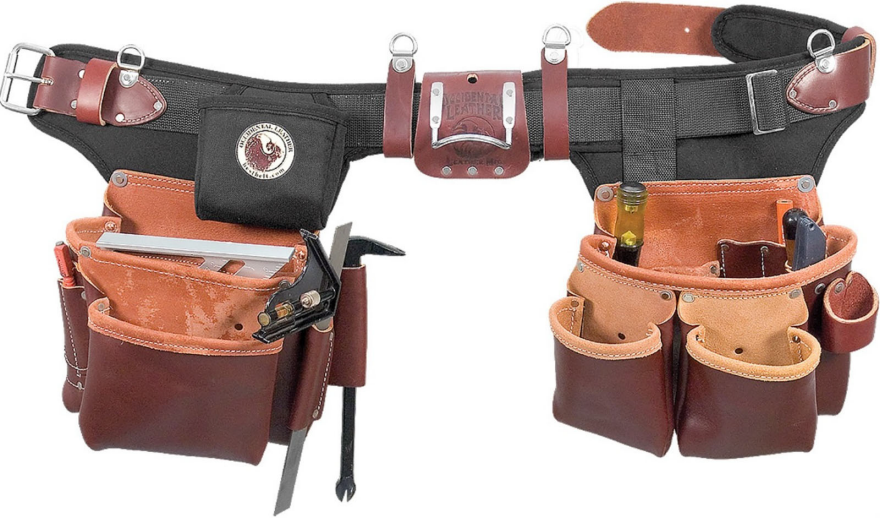Reviving an Old Printing Press
This is super cool! Jimmy DiResta got his hands on some 19th-Century printing presses, which are so damn heavy that folks can't be bothered to drag them to the dump, so they've survived the centuries. The first one he's got has been rusting outside and looks like it hasn't been used in over a hundred years. Jimmy gets it going again and starts making posters:
Laundry Hamper, Worth Fixing?
In the quickest Matthias Wandel video we've ever seen, he shows you how he fixed a broken plastic laundry hamper, and provides an unexpected answer for why it's better to fix than buy another.
Edge Belt Sander
And finally, Wandel has completed modifications on his DIY belt sander, enabling it to be used both upright and on its side:
Pocket Hole Machine Shootout: Homemade vs. Kreg Jig
This is fantastic. Izzy Swan pits his ingenious self-made pocket-hole-drilling rig up against the famous Kreg Jig in a couple of time trials:
Failed DIY Bench Vise
Swan also gamely posted a video of an unsuccessful experiment of his, a cam-based design for a bench vise that uses toothed ratchet gears (in the manner of a seatbelt mechanism) to prevent the vise from backing off. While Swan names this experiment a failure, we know it's just a matter of time until he gets it right, and seeing the mechanisms he came up with is fascinating:
Tool Tip: Using a Surform and Sanding Boards
Yet another Swan video (the man's on a tear this week). Here Izzy shows you how to use a Surform and self-made sanding boards to quickly achieve results, more accurate than you could get with power tools:
How to Make a Mini-Lathe in 10 Minutes
Swan also launched a new Money-Saving Tips series, and here's the first: How to build a small, drill-powered lathe on the cheap.
Multipurpose Cabinet Build, Part 1
Frank Howarth needs a purpose-built piece of furniture you're unlikely to find in a store: A combination microwave stand, recycling station, paper shredder holder and mail tray. Here he runs down the intended functionality, explains his design and starts building the base and tray:
Building a Kitchen Utensil Holder
This week April Wilkerson builds a small shelving unit to organize her cooking utensils. A mid-project screw-up leads to a workaround fix that ends up improving the design:
He-Man's Shield
Bob Clagett builds a replica of He-Man's shield, using inexpensive foam and coroplast from the local home center. As always I'm impressed with Clagett's improvisational fabrication skills--check out the way he gets the foam into a dome shape:
Truck Cab Caddy Cube
Steve Ramsey breaks out some design skills this week, coming up with a much-needed interior storage unit for his 1976 Ford Ranger, which has little more than a bench seat and a glovebox. The only thing I can't figure out is how he gets it to sit atop the transmission tunnel without sliding off during turns.
Product Review: Stabila Level with Illuminated Vial
Here Ron Paulk gives his review of Stabila's LED-equipped level. It might sound like a gimmick, but as he points out, it ain't; and I'm digging the cleverness of the design, where you don't have to junk the whole thing if the light craps out.
Turning & Carving Difficult Woods
This week Linn raids her cut-offs drawer, pulling out a half-dozen different species of wood to make handles for a new set of files. Next she makes an antique-styled organizer to hold them all:
Gaffer Tape Dispenser
Laura Kampf takes the classic form factor of the Scotch Tape dispenser, and creates a beefy version out of steel to hold a full-sized roll of gaffer's tape:
![]()

 Tianyulong confuciusi is a feathered dinosaur that belongs to the same branch of the family tree as Stegosaurus and Triceratops. PHOTOGRAPH BY AMNH, RODERICK MICKENS
Tianyulong confuciusi is a feathered dinosaur that belongs to the same branch of the family tree as Stegosaurus and Triceratops. PHOTOGRAPH BY AMNH, RODERICK MICKENS  Discovered in China in 2012, this "beautiful feathered tyrant" weighed 1.5 tons and was a fearsome predator like its relative T. rex. PHOTOGRAPH BY AMNH/R. MICKENS
Discovered in China in 2012, this "beautiful feathered tyrant" weighed 1.5 tons and was a fearsome predator like its relative T. rex. PHOTOGRAPH BY AMNH/R. MICKENS 
 The first specimens of this brooding dino were discovered in Mongolia in 1993. PHOTOGRAPH BY AMNH, R. MICKENS
The first specimens of this brooding dino were discovered in Mongolia in 1993. PHOTOGRAPH BY AMNH, R. MICKENS  The bird-like traits of this theropod include hinged ankles, swivel-jointed wrists, a wishbone, and forward-facing toes. PHOTOGRAPH BY AMNH, R. MICKENS
The bird-like traits of this theropod include hinged ankles, swivel-jointed wrists, a wishbone, and forward-facing toes. PHOTOGRAPH BY AMNH, R. MICKENS  This small, horned "parrot lizard" is a relative of Triceratops that had feathery fibers along its tail. PHOTOGRAPH BY ©AMNH, C. CHESEK
This small, horned "parrot lizard" is a relative of Triceratops that had feathery fibers along its tail. PHOTOGRAPH BY ©AMNH, C. CHESEK 






































































































